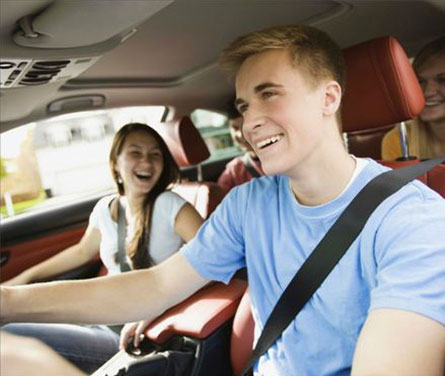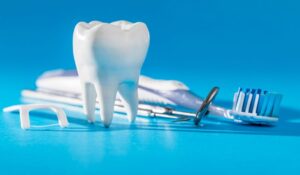
Mattress Matters: Exploring the Benefits of Investing in Quality Sleep
In the hustle and bustle of modern life, where schedules are tight and stress is high, the significance of quality sleep cannot be overstated. One often overlooked factor that plays a pivotal role in ensuring a good night’s sleep is the best mattress. Investing in a high-quality mattress goes beyond mere comfort; it directly impacts our physical and mental well-being. Let’s delve into the benefits of prioritizing a good mattress for a restful and rejuvenating sleep experience.
Enhanced Comfort and Support:
Thebest mattress provides the right balance of comfort and support, aligning the spine and promoting a natural sleeping posture. This not only reduces the risk of waking up with aches and pains but also enhances overall sleep quality.
Improved Sleep Quality:
The relationship between mattress quality and sleep quality is undeniable. A comfortable and supportive mattress reduces the likelihood of disturbances during the night, allowing individuals to move through different sleep cycles seamlessly. This, in turn, leads to deeper and more restorative sleep.
Alleviation of Aches and Pains:
A subpar mattress can contribute to chronic pain issues by exacerbating pressure points and promoting poor spinal alignment. Investing in a mattress that caters to individual body needs can help alleviate aches and pains, ensuring a pain-free and comfortable sleep environment.
Enhanced Cognitive Function:
Quality sleep is closely linked to cognitive function, including memory, attention, and problem-solving skills. A good mattress supports uninterrupted sleep, fostering improved cognitive performance during waking hours. This is particularly crucial for individuals with demanding professional or academic commitments.

Stress Reduction:
A comfortable and supportive mattress contributes to stress reduction by providing a sanctuary for relaxation. When the body is properly supported during sleep, tension is released, promoting a more tranquil and stress-free sleep experience.
Long-Term Health Benefits:
Chronic sleep deprivation is associated with various health issues, including cardiovascular problems, obesity, and compromised immune function. Investing in a quality mattress is an investment in long-term health, reducing the risk of these health concerns and promoting overall well-being.
In a world that often prioritizes productivity over rest, understanding the importance of a quality mattress is paramount. The benefits extend beyond immediate comfort, influencing overall health and cognitive function. By recognizing that mattress matters, individuals can make informed choices that contribute to a healthier, happier, and more fulfilling life. It’s time to prioritize sleep as an essential component of a well-balanced and thriving lifestyle.
Continue Reading















